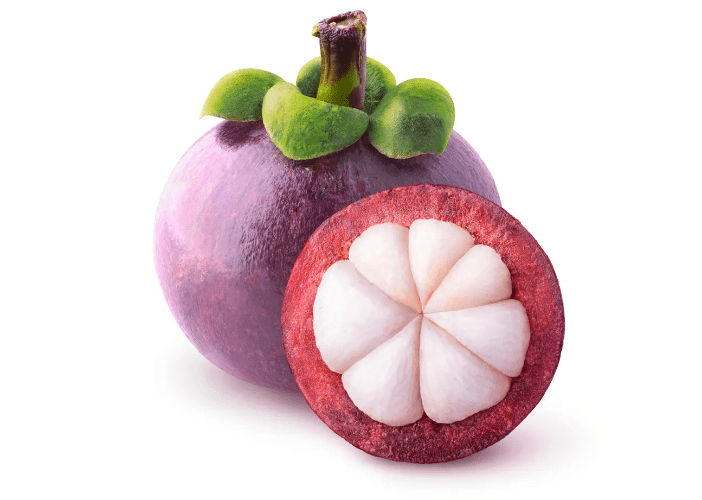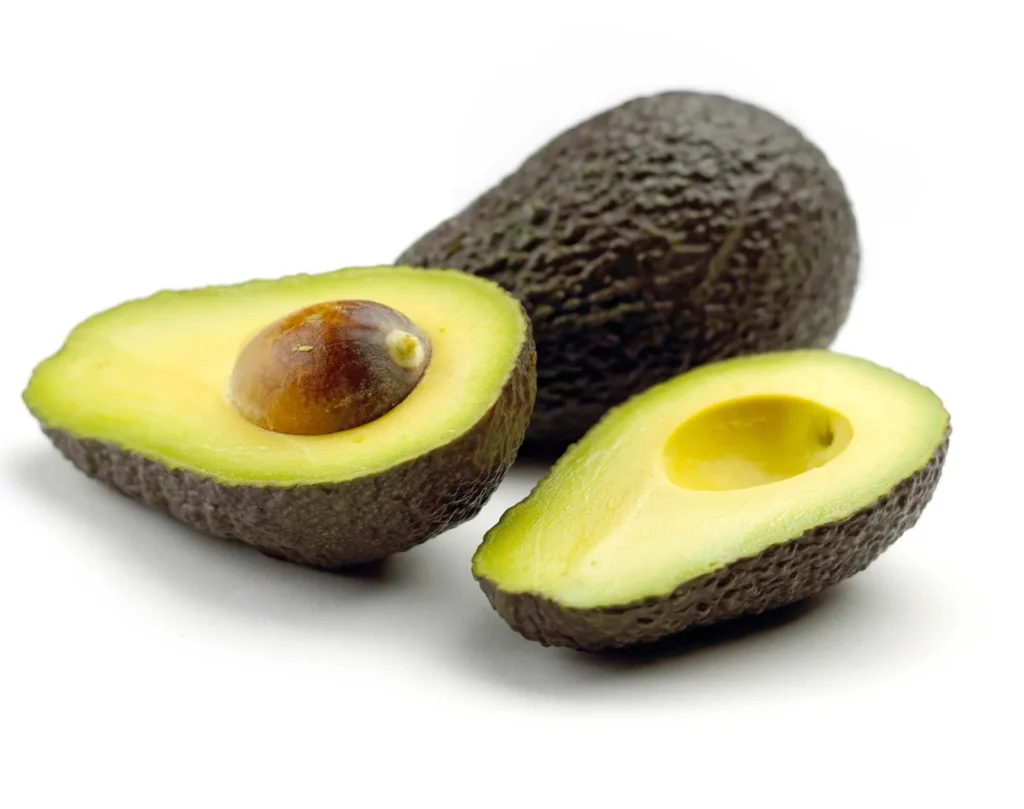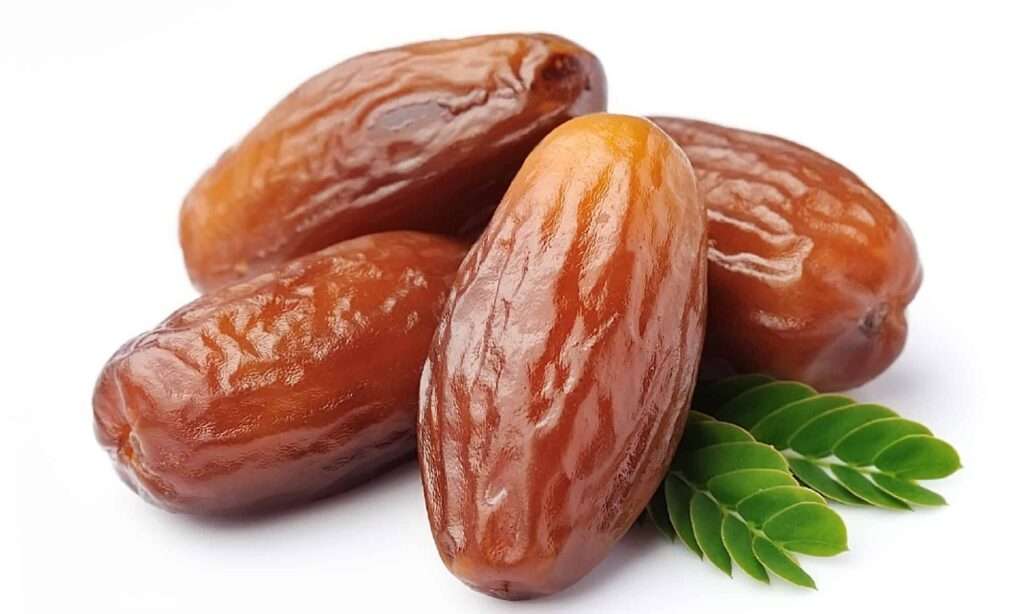
Description
The fruits are flattened or round on the ends and about the size of a tiny orange. Mangosteens feature segments of snow-white flesh that are divided into thick, rigid, deep red rinds that resemble those of mandarin oranges. Fruit production in seedlings might take 8 to 15 years.
Varieties
Mangosteens come in two different shapes: spherical and oblong. Seashore mangosteen, Cambogia, yellow mangosteen, and madrano are all grown in Australia with the more popular purple mangosteen, although they only have a small market.

Uses
Mangosteen fruit is frequently consumed fresh, canned, or dried and is highly prized for its juicy, delicate texture, and slightly astringent flavor.
Nutrition
A 1-cup serving of canned, drained mangosteen contains 143 calories, 35 g of carbohydrates, 3.5 g of fiber, 1 g of fat, 1 g of protein, as well as manganese, copper, magnesium, vitamin C, and vitamins B9, B1, and B2.
Cultivation
The tree grows best in a humid tropical climate with minimal annual minimum temperatures of 5°C and maximum annual rainfall of 1500 to 3000 mm, particularly within 20° north and south of the equator. 800 m above sea level. Some restrictions in dry locations can be lifted through irrigation.
Table





